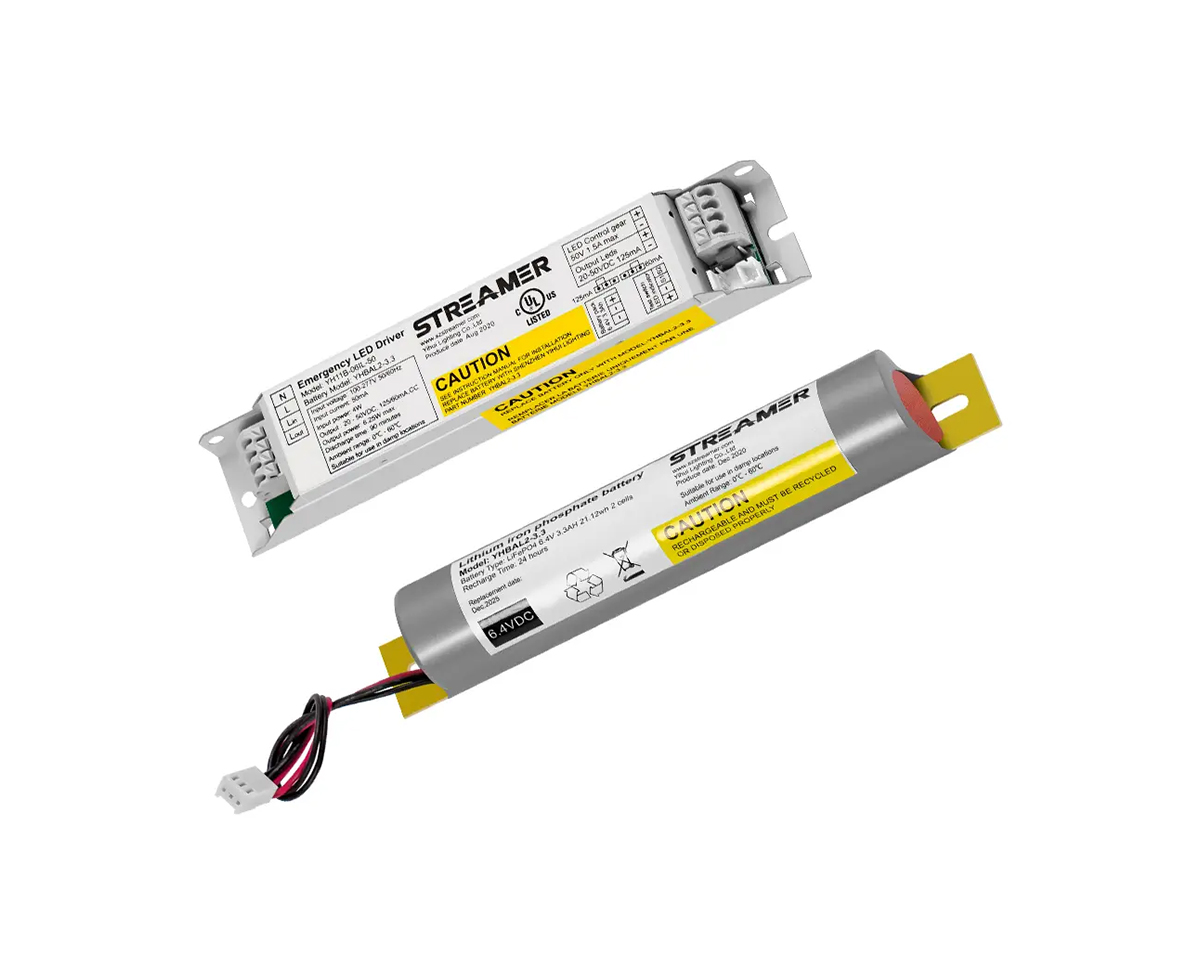 1
1
 May 05, 2025
May 05, 2025

LED fluorescent tube emergency power supplies are specialized devices designed to provide backup power for LED - based fluorescent tubes, ensuring illumination during power outages. These power supplies are tailored to the unique electrical characteristics of LED fluorescent tubes, which differ significantly from traditional fluorescent lamps.
One of the primary requirements for an LED fluorescent tube emergency power supply is its ability to maintain the proper operating voltage and current for the LED tubes. LED fluorescent tubes often operate at lower voltages and require a stable, constant - current supply. The emergency power supply must be engineered to deliver this precise power output to prevent flickering, premature failure, or damage to the LED tubes.
Battery technology within these power supplies is also a key factor. Lithium - ion batteries are increasingly popular due to their high energy density, long lifespan, and low self - discharge rate. They can store enough energy to power the LED tubes for an extended period, meeting the emergency lighting requirements of various environments. However, proper battery management systems are essential to ensure safe and efficient operation, including protection against overcharging, over - discharging, and thermal runaway.
Another important aspect is the power supply's ease of integration. Many LED fluorescent tube emergency power supplies are designed for quick and straightforward installation, often with plug - and - play interfaces. This allows for seamless retrofitting into existing fluorescent tube fixtures, converting them into reliable emergency lighting systems without extensive rewiring or complex modifications. Additionally, features like automatic self - testing functions can regularly check the status of the power supply and battery, providing peace of mind that the emergency lighting system will function when needed most.
In terms of performance, look for power supplies with high lumen maintenance. This ensures that the LED tubes maintain a consistent level of brightness throughout the emergency operation period, providing effective illumination for safety and navigation purposes.